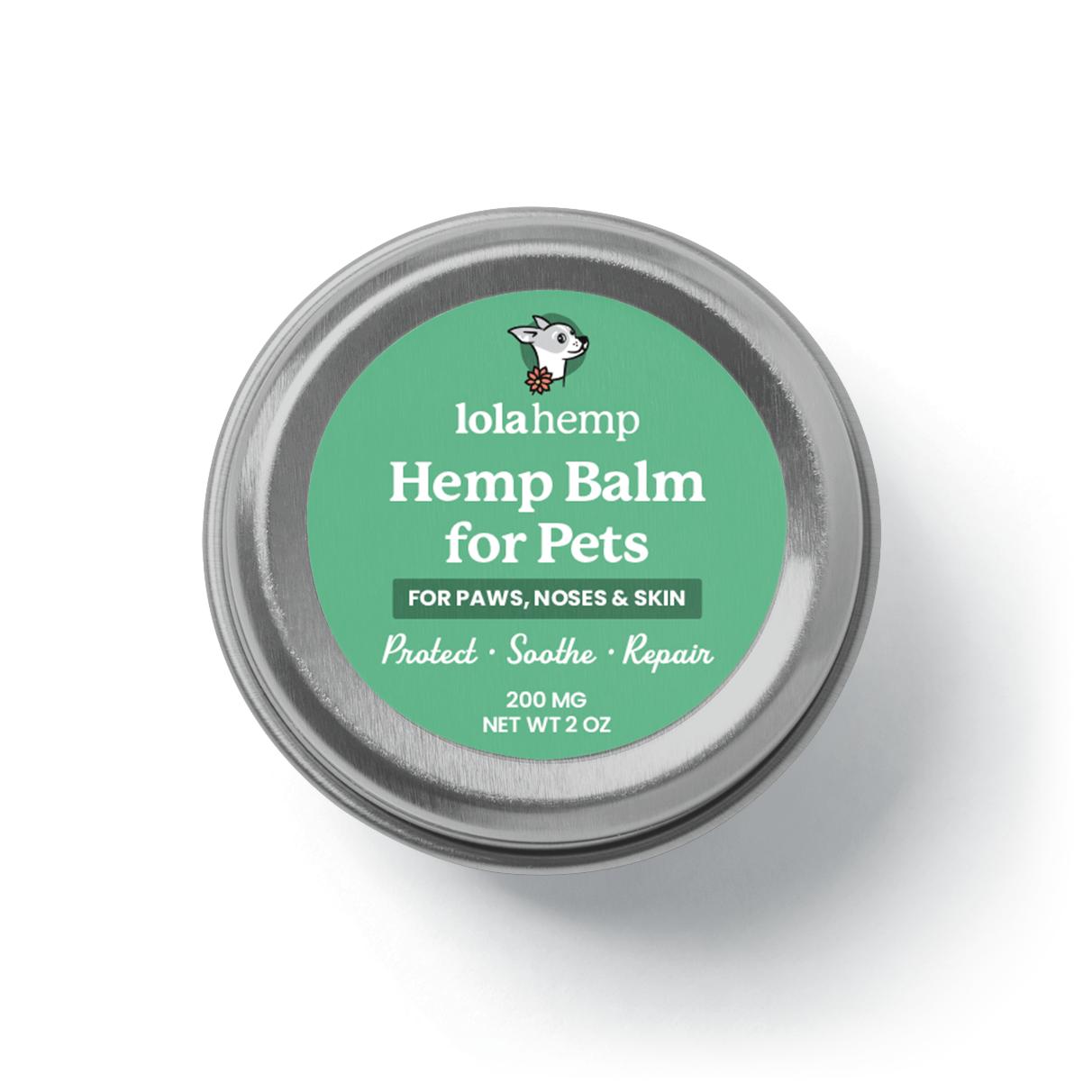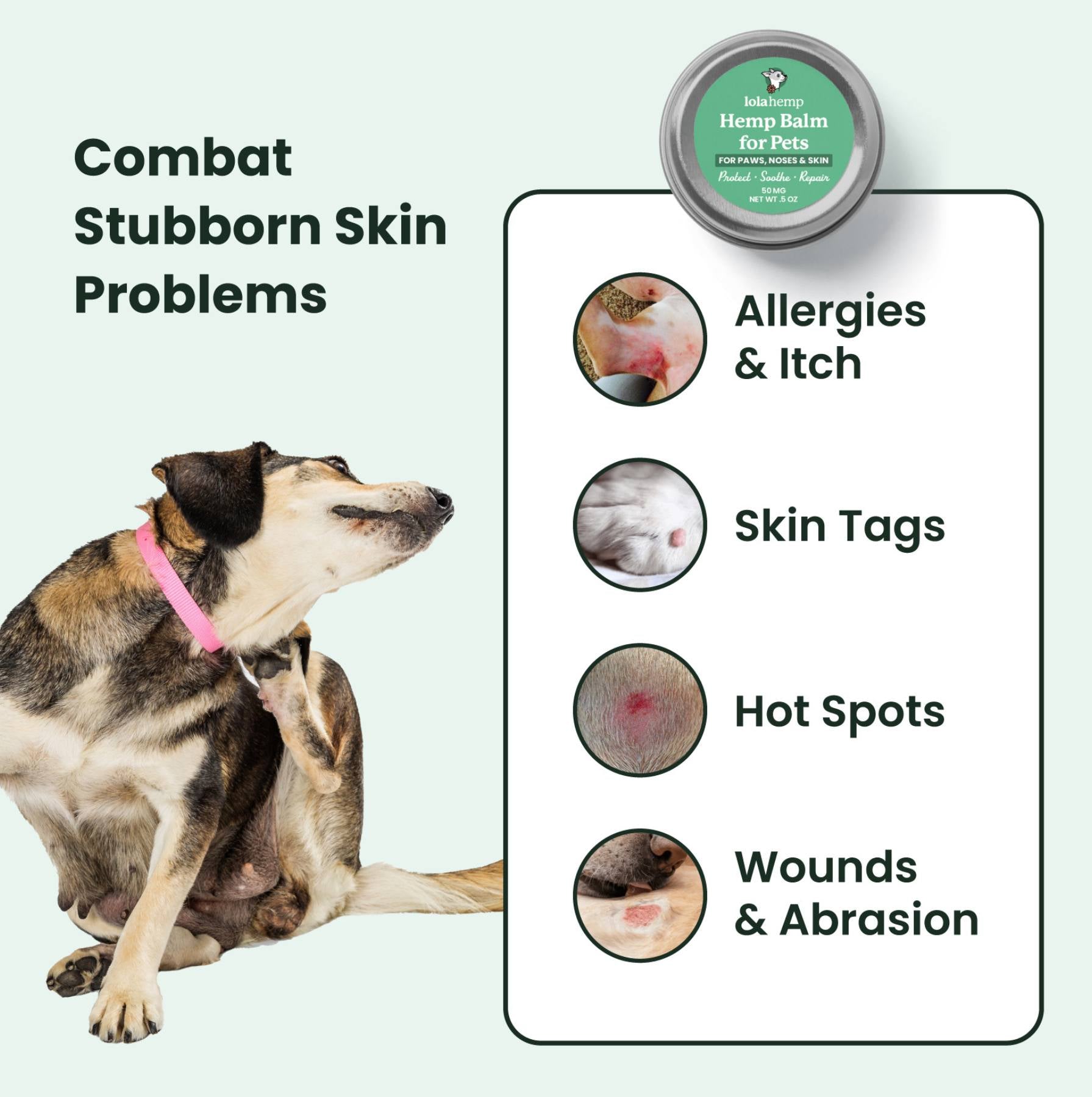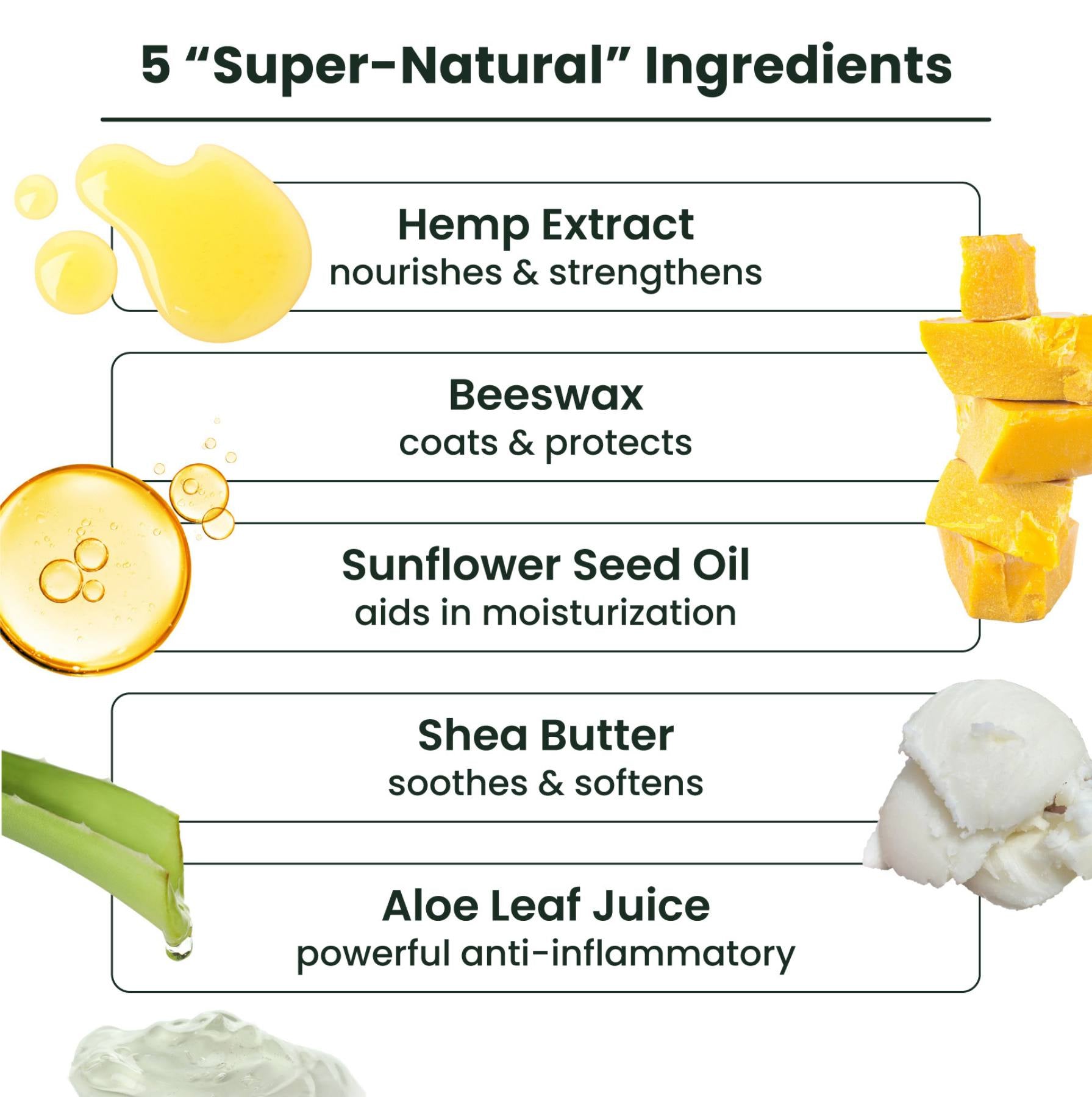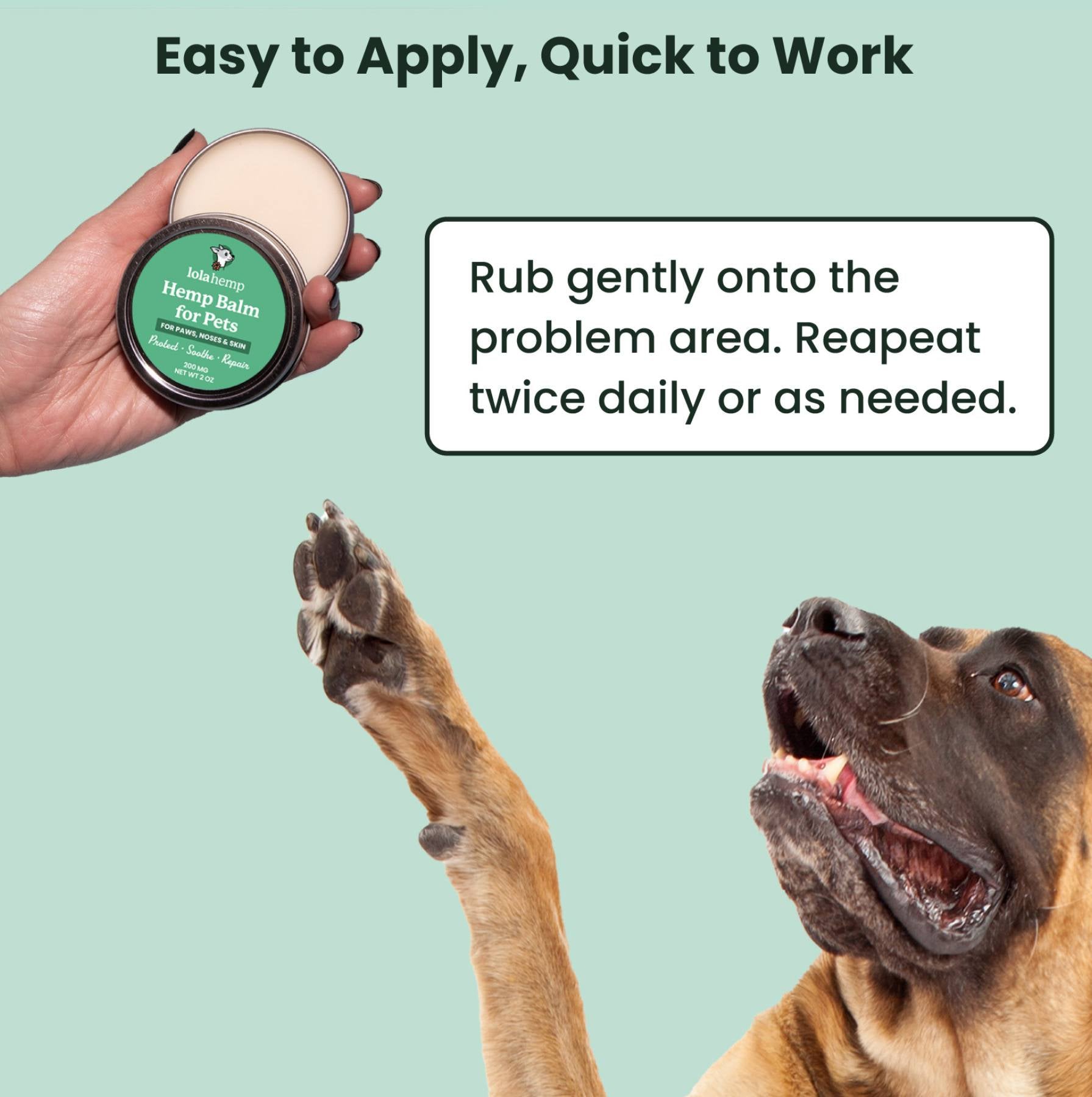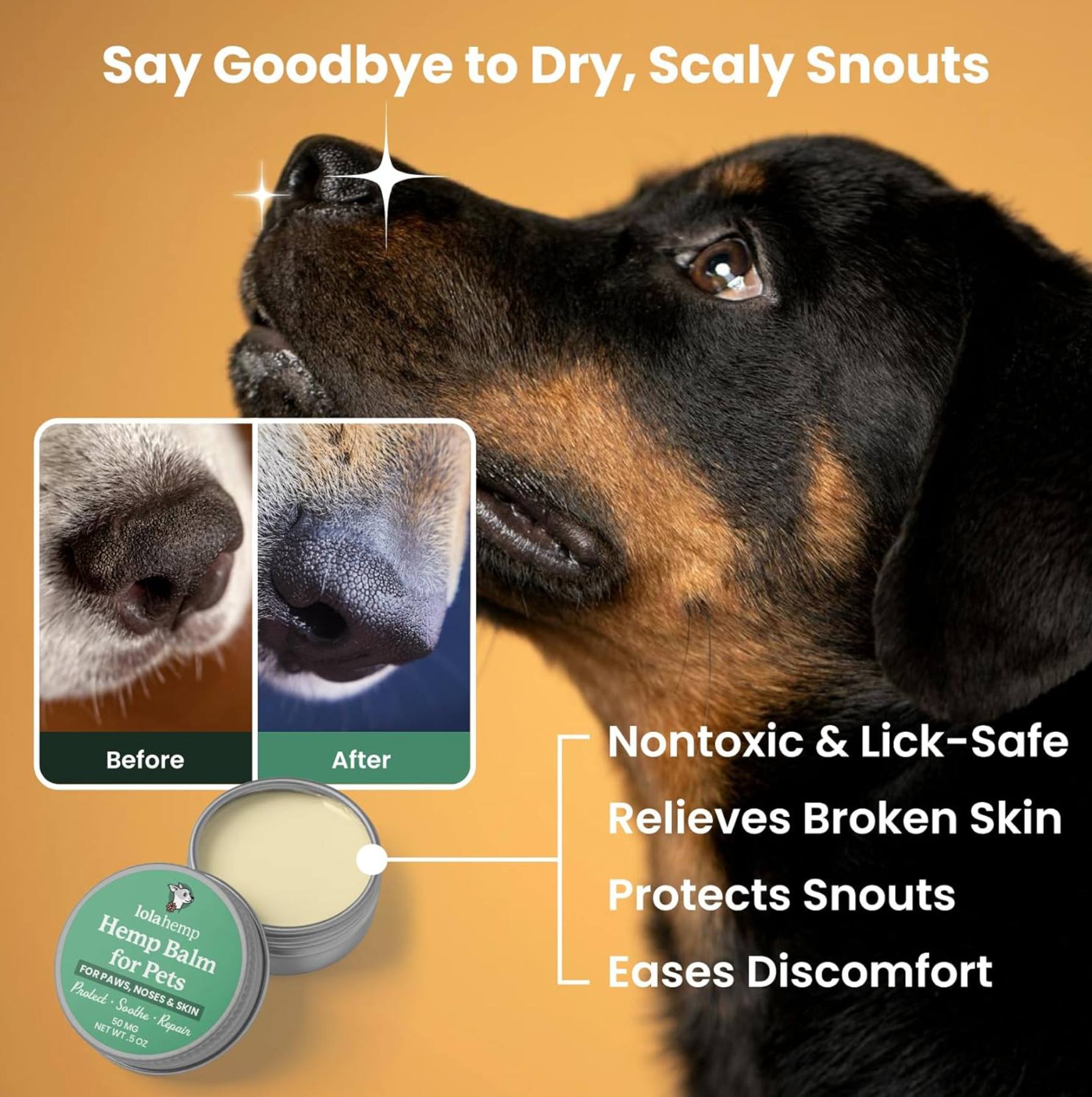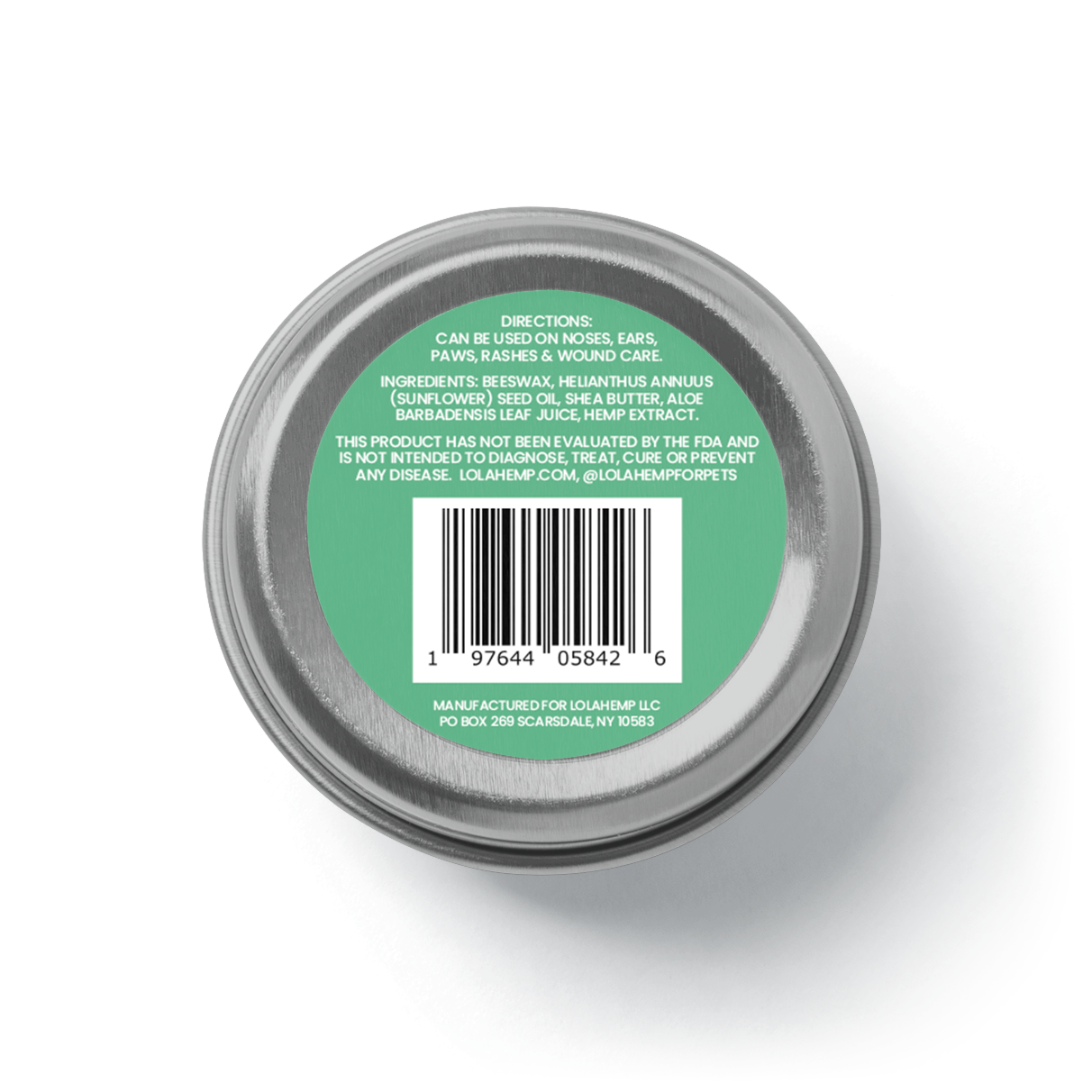When dogs suffer wounds and minor injuries, one common concern is how to properly care for them. Neosporin, which is popular in most households, is usually readily available to treat human scrapes and minor cuts. However, is it safe to reach out for it when attending to your injured canine friend?
This article will explore the uses, benefits, risks, and potential side effects of Neosporin on dogs, more serious wound care, and natural alternatives.
Can I Put Neosporin on My Dog?
The safety of Neosporin for dogs is a topic that sparks debates among veterinarians and pet owners alike. In many cases, Neosporin can be used on dogs for minor injuries, but there are important considerations.
Neosporin Can Be Used, But It is Dangerous if Consumed in Excess
One primary concern is the potential toxicity of neomycin, one of Neosporin's active ingredients, when ingested. Dogs are notorious for licking and chewing at wounds, which could lead to the ingestion of Neosporin. While a small amount is unlikely to cause harm, excessive licking could result in gastrointestinal upset.

When to Use Neosporin on Dogs
Neosporin is generally safe for minor wounds, cuts, scratches, or scrapes in dogs. However, it's essential to consult with your vet's office before using any over-the-counter medication.
Seek professional veterinary attention if the wound is deep, puncture-like, or shows signs of infection such as redness, swelling, or discharge.
How to Treat Your Dog's Wounds with Neosporin
Below is a simple guide on how to treat your dog's wound:
1. Assess the Wound
Before applying Neosporin, carefully examine the wound on your dog. Ensure it's a minor cut, scrape, or abrasion that can be safely treated at home. For more severe injuries or deep wounds, consult your vet for professional care.
2. Clean the Wound
Use a mild antiseptic solution or saline solution to clean the wound. Gently wash to remove any dirt, debris, or loose fur around the affected area. Pat the wound dry with a clean cloth or sterile gauze.
3. Prepare the Neosporin
Wash your hands thoroughly before handling Neosporin. Open the topical antibiotic and be cautious not to contaminate it with any impurities from your hands.
4. Apply a Thin Layer
Using a clean cotton swab or your disinfected fingertip, apply Neosporin to the wound. Ensure the medication covers the entire injured area without excessive application.
5. Prevent Licking
Dogs have an instinct to lick their wounds, which can remove the applied Neosporin. To prevent this, use an Elizabethan collar to restrict access to the wound or distract your dog with toys or treats.
6. Monitor for Adverse Reactions
Keep a close eye on your dog for any signs of irritation or allergic reactions. If you notice redness, swelling, or itching around the treated area, discontinue using Neosporin and seek veterinary attention.
Neosporin is Not Intended for Serious Wounds in Dogs
Deep cuts, puncture wounds, and injuries with embedded objects must be examined and treated by a vet to prevent complications such as infection, abscess formation, or damage to underlying structures.
In cases where the wound is bleeding heavily, apply gentle pressure with a clean cloth or bandage and seek immediate veterinary attention. Remember that wounds on the face, near the eyes, or involving sensitive areas should be addressed promptly by a vet.
The Risks of Using Neosporin on Dogs
There are potential risks and side effects that pet owners should be aware of, including:
1. Allergic Reactions:
Some dogs may be allergic to Neosporin or its components, such as neomycin, polymyxin B, or bacitracin. Signs of an allergic reaction may include redness, swelling, itching, hot spots, or hives at the application site. If any of these symptoms occur, discontinue the use of Neosporin and consult with your vet.
2. Ingestion Risks:
Dogs are prone to licking and chewing at wounds. If a dog ingests a significant amount of Neosporin, it can lead to gastrointestinal upset (GI upset), vomiting, diarrhea, or other digestive issues. It's crucial to prevent unrestrained licking by using an Elizabethan collar or other methods and monitor your dog closely.
3. Topical Irritation:
In some cases, the use of Neosporin may cause localized irritation on a dog's skin. This can manifest as redness, rash, or discomfort at the application site. If irritation occurs, discontinue use and consult your vet for alternative treatment options.
The Bottom Line
Neosporin, a trusted human first aid staple, can indeed be applied to minor wounds, cuts, and abrasions in dogs, offering the benefits of preventing bacterial infections and promoting healing. Its triple antibiotic formula, comprising neomycin, polymyxin B, and bacitracin, makes it effective against a spectrum of bacteria.
However, pet owners must exercise caution and consult their vet's office before applying Neosporin to their dog. Considerations include the potential for allergic reactions, the risk of your dog ingesting the ointment through licking, and the prospect of antibiotic resistance with prolonged use.
Frequently Asked Questions About Neosporin for Dogs
Is Neosporin safe to use on dogs?
Neosporin can be safe for minor cuts and scrapes in dogs, but it should always be used with veterinary guidance due to risks of ingestion or irritation.
What happens if my dog licks Neosporin?
Small amounts usually cause mild stomach upset, but larger amounts may lead to vomiting or diarrhea. Prevent licking with an e-collar.
Can Neosporin cause allergic reactions in dogs?
Yes. Some dogs may react to neomycin or other ingredients, showing redness, itching, or hives at the application site.
When should I not use Neosporin on my dog?
Avoid using Neosporin on deep wounds, punctures, infected wounds, or injuries near the eyes. These require veterinary treatment.
Are there safer alternatives to Neosporin for dogs?
Yes. Pet-safe antimicrobial ointments or products recommended by your veterinarian are typically safer options.

